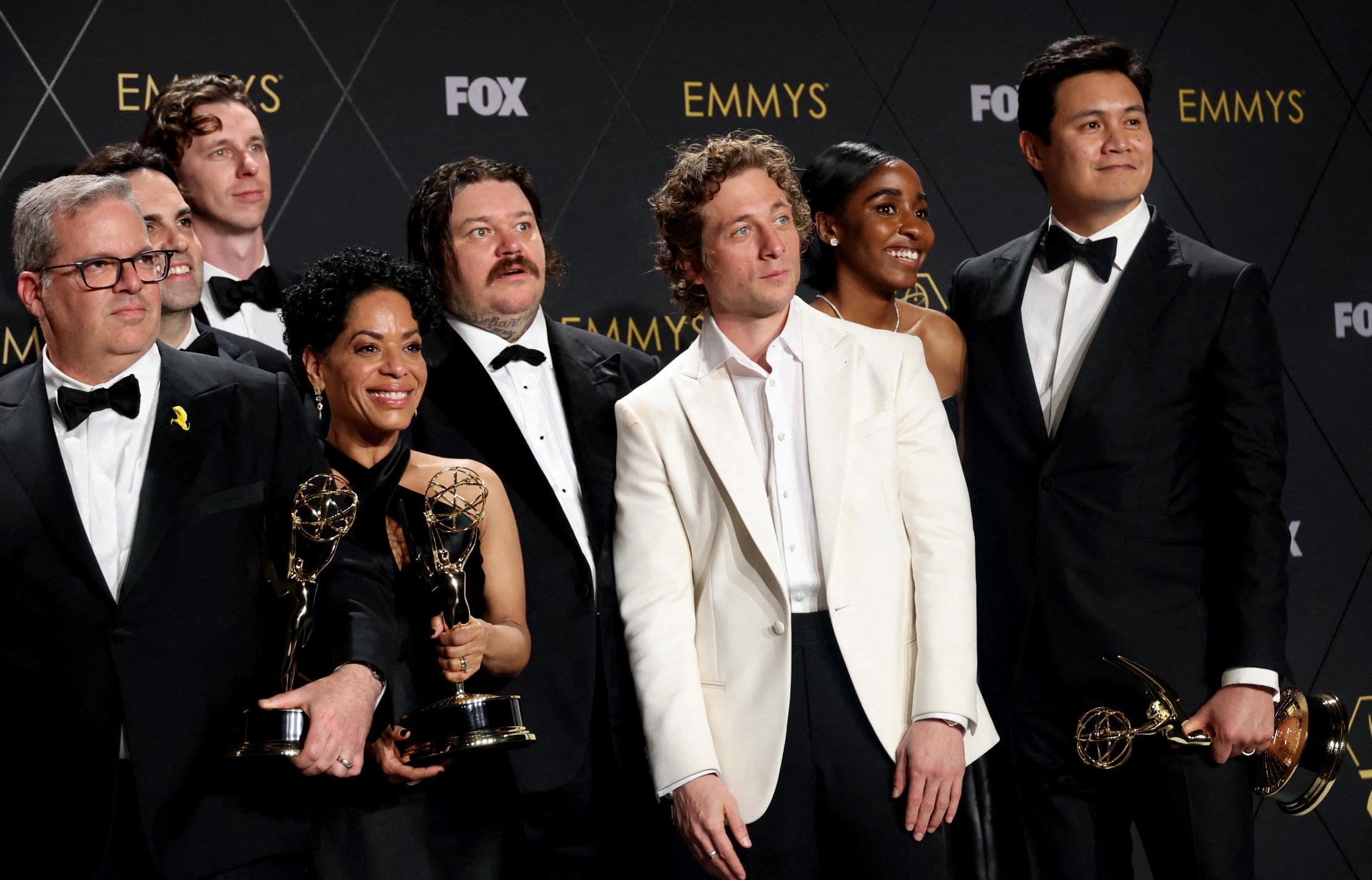In recent years, the Emmy Awards have sparked a lively debate about the evolving landscape of television and the apparent disconnect between critical acclaim and audience preferences. As the entertainment industry undergoes rapid transformation with the rise of streaming platforms and diverse content, the Emmys have faced increasing scrutiny over their selection process and the choices that often seem to diverge from popular opinion. This article delves into the underlying factors contributing to this perceived gap, exploring the criteria and dynamics that guide the Emmy nominations and awards. By examining the historical context, the role of critics, and the shifting tastes of viewers, we aim to uncover whether the Emmys are truly out of touch or if they continue to serve as a credible barometer of excellence in an ever-changing television landscape.
Divergent Tastes Exploring the Gap Between Emmy Nominations and Popular Viewership
The disparity between Emmy nominations and popular viewership is a fascinating study in the divergence of tastes between critics and the general audience. While critics often prioritize artistic merit, innovation, and depth, viewers tend to gravitate towards entertainment value, relatability, and cultural resonance. This schism can be attributed to several factors:
- Different Criteria: Critics may focus on technical excellence and originality, while audiences are drawn to emotional impact and accessibility.
- Cultural Phenomena: Shows that capture the zeitgeist may not necessarily align with the standards of critical acclaim, leading to beloved series being overlooked.
- Exposure and Marketing: Programs with extensive marketing campaigns often capture viewer attention, regardless of critical reviews.
These elements contribute to the ongoing debate over whether the Emmys truly reflect the best of television or if they cater to a niche perspective that doesn’t always resonate with the broader public. Understanding this gap may not only illuminate the nature of the awards but also offer insights into the evolving landscape of television consumption.
The Critics Lens How Industry Experts Influence Emmy Selections
In the world of television, the critics’ lens often serves as a guiding beacon for Emmy selections, shaping the landscape of what is deemed award-worthy. Industry experts, with their seasoned eyes and nuanced understanding of television artistry, hold significant sway over the nominations and eventual winners. Their influence can be seen in several key areas:
- Analytical Acumen: Critics bring a depth of analysis that goes beyond surface-level entertainment, evaluating elements such as narrative structure, character development, and thematic depth.
- Trendspotting: These experts are adept at identifying emerging trends and groundbreaking techniques, often rewarding shows that push creative boundaries.
- Insider Perspectives: With their deep connections within the industry, critics have access to insider insights, allowing them to champion projects that might fly under the mainstream radar.
While their expertise undeniably enriches the Emmy selection process, this critical influence can sometimes create a disconnect with general audiences, who may prioritize different aspects of television viewing, such as entertainment value and emotional resonance.

Audience Favorites Overlooked Analyzing Popular Shows Missing from Emmy Recognition
In the ever-evolving landscape of television, a noticeable rift has emerged between what critics deem award-worthy and what audiences genuinely cherish. While the Emmys continue to celebrate excellence, some fan-favorite shows often find themselves on the sidelines, leaving viewers questioning the criteria behind these prestigious accolades. Series like “Stranger Things,” “The Mandalorian,” and “Brooklyn Nine-Nine” have consistently captured the hearts of millions, yet their recognition at the Emmys doesn’t always reflect their popularity. This discrepancy highlights a potential disconnect, as audience engagement and cultural impact don’t always align with critical acclaim.
Several factors contribute to this phenomenon, including:
- Genre Bias: Science fiction, fantasy, and comedy often struggle to gain the same level of recognition as drama.
- Traditional Voting Patterns: Long-standing voting practices might favor established genres or networks.
- Changing Viewer Preferences: As streaming platforms diversify content, audiences gravitate towards varied and unconventional storytelling.
The growing popularity of these overlooked shows suggests a shift in viewer preferences, challenging the Emmys to adapt and reflect the evolving tastes of a global audience.

Bridging the Divide Strategies for Aligning Emmy Criteria with Audience Preferences
In the quest to create a more inclusive and reflective Emmy Awards, bridging the gap between the show’s criteria and audience preferences is essential. Strategic realignment of judging standards could offer a pathway to achieving this harmony. First, introducing more audience-driven categories could provide an opportunity for fan-favorite shows and actors to receive recognition. This might involve creating awards based on social media engagement or viewer votes, thus ensuring that public opinion holds tangible weight in the final outcome.
Another approach is to integrate audience feedback mechanisms into the selection process. This could be achieved through surveys or dedicated forums where viewers can express their opinions on nominees and winners. Additionally, diversifying the voting body by including younger critics and industry professionals could ensure a broader range of tastes and preferences are considered. By implementing these strategies, the Emmys can better align their criteria with what audiences value, ultimately reducing the disconnect between critics and viewers.
Wrapping Up
the ongoing debate over whether the Emmys are out of touch underscores a broader discussion about the evolving landscape of television and media consumption. While critics and audiences often diverge in their evaluations, this disconnect highlights the complexity of defining excellence in an era where diverse voices and platforms abound. As the industry continues to transform, the Emmys face the challenge of balancing traditional criteria with the dynamic preferences of modern viewers. Ultimately, the question remains: should the Emmys adapt to reflect popular sentiment, or maintain their role as arbiters of artistic merit? Only time will tell how these prestigious awards will navigate the delicate balance between honoring creative innovation and resonating with the audience they aim to celebrate.
